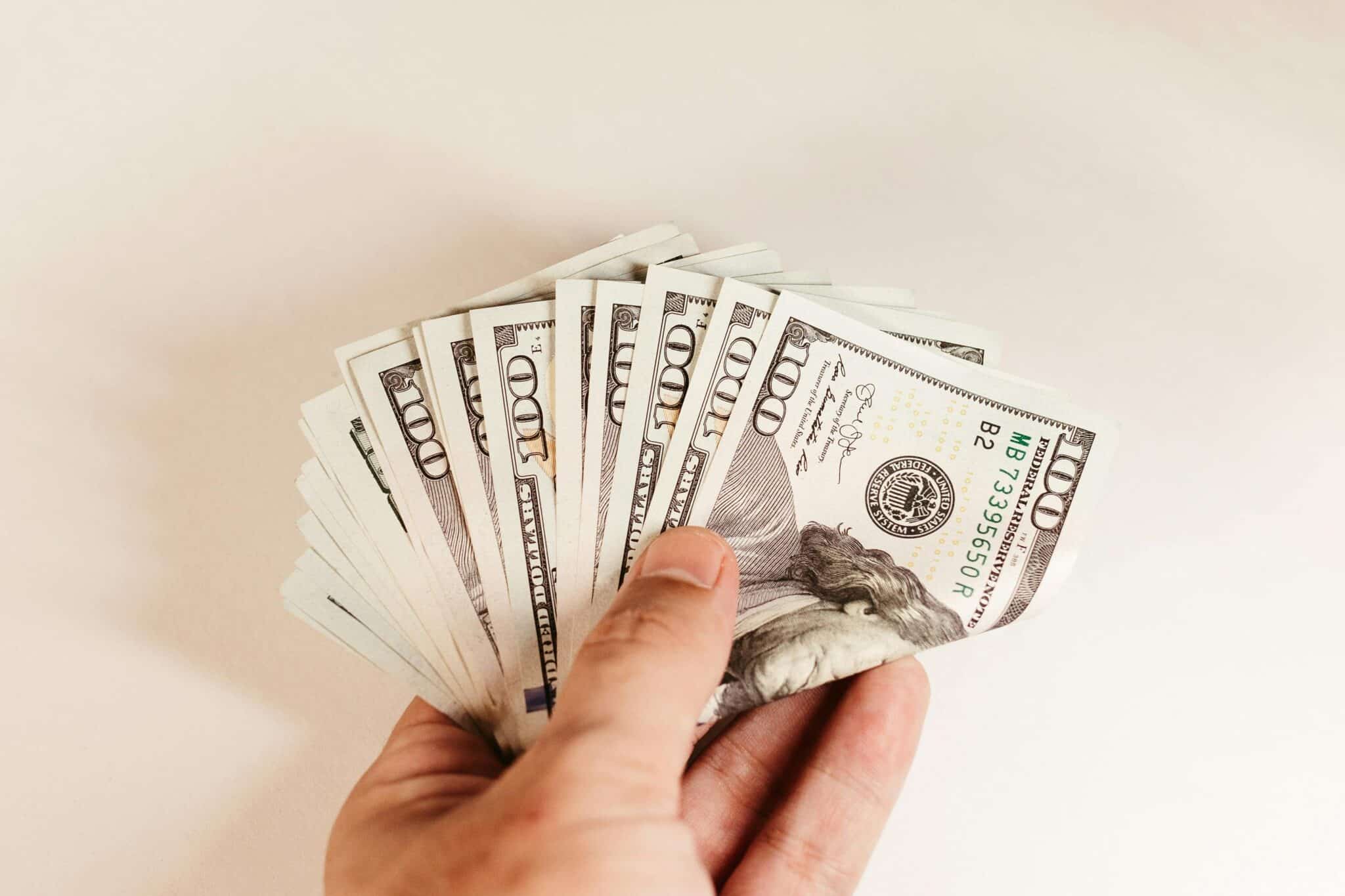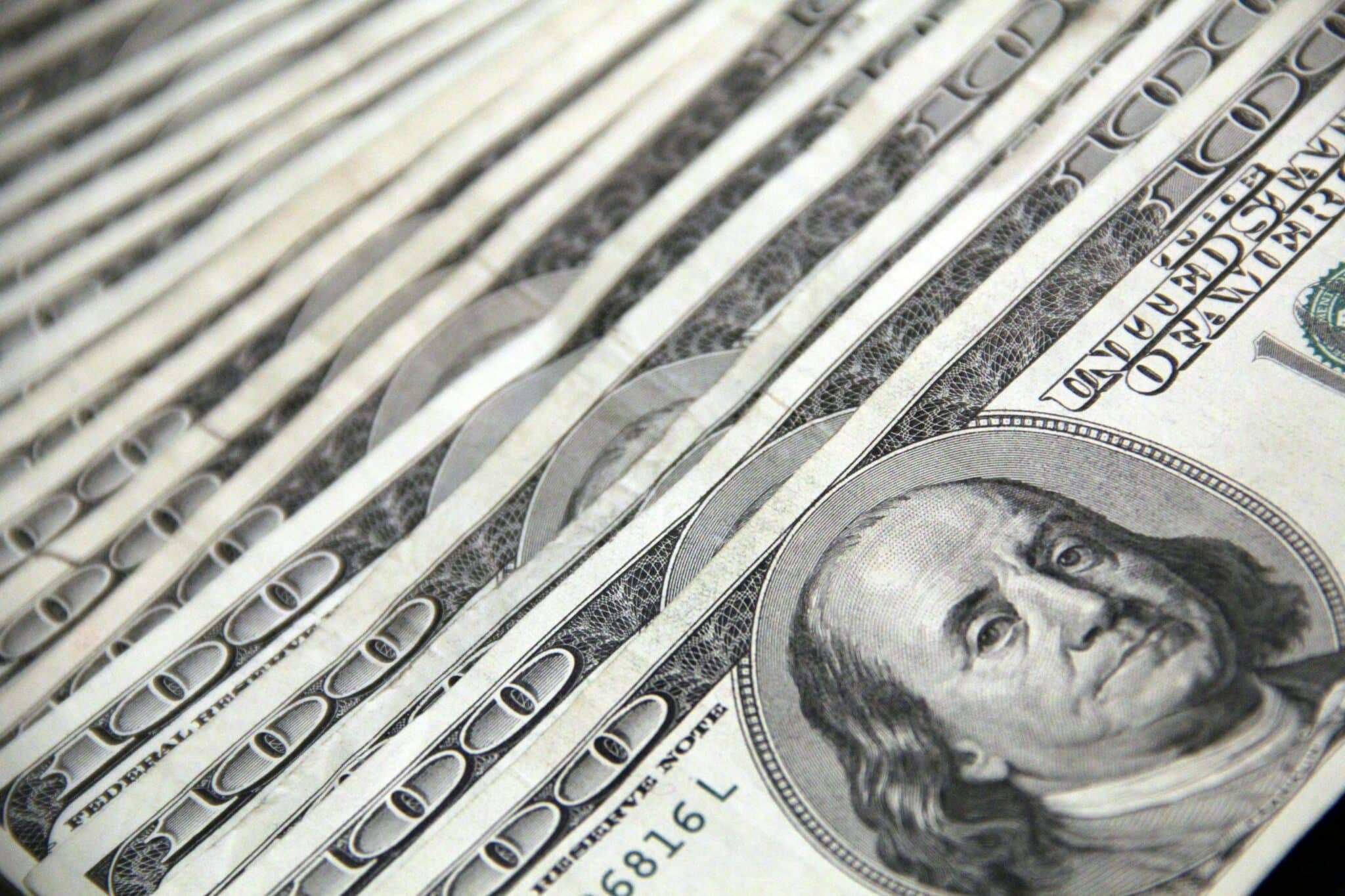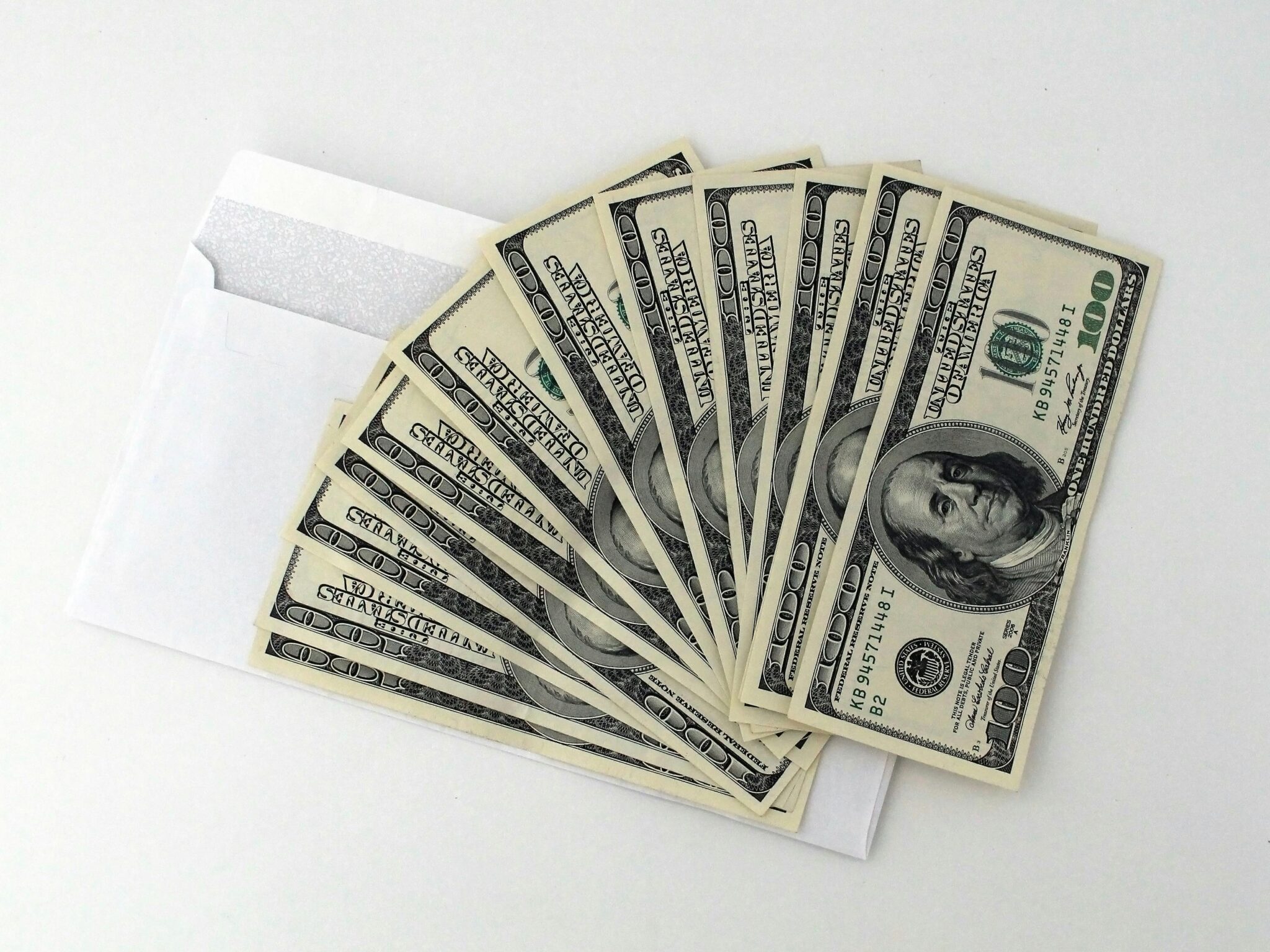Key Takeaways
- Which Debt Should You Pay Off First? Focus on high-interest debts like credit cards and payday loans, as they accumulate the fastest and cost the most over time.
- The debt avalanche method is the most efficient payoff strategy—it prioritizes debts with the highest interest rates, helping you save the most money in the long run.
- The debt snowball method focuses on paying off the smallest debts first for quick wins and motivation, though it may result in more interest paid over time.
- Prioritize court-ordered debts, debts in collections, and essential secured loans before tackling other types of debt; consider factors like interest rates, legal risk, and asset protection when deciding your repayment order.
Wondering what debt to pay off first? Focus on high-interest debts like credit cards and payday loans, as they can add up fast. If you’re feeling overwhelmed, you’re not alone. Creating a plan to pay down the most expensive balances first helps you stay in control and protect your finances.
Types of Debt Explained
When it comes to debt there are usually two different categories it can fall into, good debt and bad debt. Good debt can be considered any type of debt that will be beneficial or valuable
over time, while bad debt doesn’t have that type of return, and falls more under discretionary spending.
Generally, good debt will have lower interest while bad debt is usually high-interest loans. Both unsecured and secured debts can fall into either category.
A few examples of good debt are student loans and mortgages. Bad debt includes high-interest credit cards, payday loans, buy now pay later options, and sometimes personal loans if they are used for non-essentials.
Understanding Interest Rates
Interest is the cost of borrowing funds, and no matter what kind of debt you are taking on, it’s essential for repayment.
Interest can range in how it can be charged, compound interest is calculated on the principal plus any interest that is accumulated—interest payments on credit cards are a common example. Simple interest is only charged on the principal amount, an installment loan usually has this kind of interest rate.
APR or annual percentage rate is the total interest rate, it can be a helpful tool when you are comparing loan or credit card options.
When you have multiple credit accounts that you are paying off then it makes sense to pay attention to what the interest rates are along with the balance and repayment terms to help prioritize what debts you want to pay off first.
For example, one strategy to pay off debt with interest in mind is the debt avalanche method. This debt payoff method prioritizes the account with the highest interest rate debt first, then the second, and so on.
What Is the Avalanche Method?
We mentioned briefly what the debt avalanche method is above, we’ll go into more detail here. As we introduced, the avalanche method prioritizes paying off high-interest debt first while making minimum payments on all your other debts, making it one of the most efficient debt payoff strategies available.
Some advantages of using the debt avalanche method for debt repayment are that it can save money on interest over time, it can mean faster debt payoff when compared to other methods, and lastly, it can be very satisfying and motivating to use.
A few disadvantages are that you may not see success right away, it can require lots of discipline, and lastly may not be the best for those who like quick wins.
What is the Snowball Method?
The debt snowball method is a way of paying off debt where you start tackling the smallest debt amounts first and then move to your next smallest debt and so forth, while still making your minimum monthly payments on your other debt.
This method can be motivating, as it can mean progress quickly. Along with that benefit, this is one of the easiest debt payoff methods to follow.
A few disadvantages of the debt snowball method are that it can cause interest rates to add up, and it may not be the best option for borrowers who have lots of complex debt.
A Few Other Debt Repayment Plan Options
Along with the avalanche and snowball method, here are a few other strategies you should be aware of:
- Debt Consolidation — A debt consolidation loan allows borrowers to take out a single loan to combine various debts—especially consumer debt—into one payment. This can simplify repayment and sometimes lower your interest rate. Fixed interest rate consolidation loans may also provide more predictable payments.
Balance transfer credit cards can also help if you’re dealing with high-interest credit card balances. Just be mindful of fees and expiration periods on promotional rates.
- Debt Relief Companies — These companies will come up with a repayment plan and can go as far as negotiating with your creditors to lower the outstanding balance owed.
While working with a debt relief company might sound like a great hands-off debt repayment strategy, this can be a little tricky because not all of these companies are reputable. In some cases, these companies may ruin your credit further or cause other financial damage, so it’s extremely important to do your research!
Check for accreditation with organizations like the National Foundation for Credit Counseling (NFCC) or the Better Business Bureau (BBB), and fully understand the potential risks and benefits before committing.
Ultimately, the best strategy depends on your specific situation, but being aware of which debt is urgent helps you avoid unnecessary financial and legal fallout. It’s also important to think about the goal, which for most people is to lower their debt or even be debt-free.
How to Prioritize Debt Payments
As you can see from above, there are lots of ways you can prioritize your debt payments. It really depends on the kind of debt you have and what your financial abilities are. For example, if all your debts have similar interest rates, then it may make sense to tackle the largest balance first.
Another thing to consider is the type of debt—some carry higher default risk or legal consequences if ignored. For instance, debts in collections can damage your credit score and may lead to wage garnishment or lawsuits, while debts with variable interest rates can become more expensive over time if rates rise.
This is why financial triage, deciding which debts are most urgent, is important. Here’s a general guide to help you prioritize what debts to pay off first:
- Court-Ordered Debts — (e.g., child support, taxes, judgments). These debts should always be paid first because they carry serious legal consequences if left unpaid. Failing to pay court-ordered child support can result in wage garnishment, license suspension, or even jail time.
- Debts in Collections or With Legal Risk — Debts that have been sent to collections or are in default pose a threat to your financial well-being. Collection agencies may aggressively pursue repayment, report the delinquency to credit bureaus, and in some cases, file lawsuits.
If you’ve received collection notices or legal warnings, addressing these debts quickly can minimize long-term damage and reduce the chances of garnishment or asset seizure.
- Essential Secured Loans — (e.g., mortgage, auto loan). Secured debts are tied to essential assets like your home or vehicle. Missing payments on these loans can result in repossession or foreclosure, which could leave you without a place to live or a way to get to work. While these may have lower interest rates than credit cards, the consequences of default are severe. Prioritize these loans to maintain stability.
- High-Interest Variable Rate Debts — (e.g., credit card debt, payday loans, personal loans). These are often considered “bad debt” because of their high cost over time. Credit cards and payday loans, in particular, tend to have high APRs and compound interest, meaning the longer you carry a balance, the more it will cost you. Variable-rate loans can also become more burdensome if interest rates rise, which can be tough to predict and look out for.
- Low-Interest Federal Student Loans — (Private student loans as well, if this applies to you). Student loans often come with flexible repayment plans, deferment, and forbearance options. Federal loans, in particular, tend to have lower interest rates and more borrower protections than other debt types.
Because of this, they can generally be lower priority, unless they’re in default or affecting your eligibility for further aid. However, if your budget allows, making consistent payments (or more than the minimum) can still reduce your long-term debt burden.
Budgeting for Debt Repayments
Just like any other payment, when you are thinking about repaying debt, you’ll have to make some room for it within your current financial situation.
Here is where a budget comes in, a budget can help you figure out exactly how much income and expenses you have to pay every month. With that in mind, you can then figure out how much you can put towards debt repayment, and what strategy makes the most sense.
Budgeting can also help you manage your credit utilization ratio—the percentage of your credit limit that you’re using. Keeping this low is crucial for maintaining a healthy credit score.
There are all kinds of budgeting tools out there, such as apps, YouTube videos, books, and blogs. You can start by taking the approach that you enjoy the most. One thing that you’ll discover when looking up any of these budgeting tools is the importance of having emergency funds, and how a budgeting plan can help you build that.
One method for budgeting is the 50/30/20 rule. This suggests allocating 50% of your income to needs, 30% to wants, and 20% to savings or debt repayment. If you already have savings built, then that 20% can go towards paying off debt. What debt you want to pay off first will depend on your financial situation, and of course other factors. You can also split that 20% between savings and paying off multiple debts, depending on your needs.
Final Thoughts
There are many ways to budget and pay off debt, and the right method depends on your financial goals and personal situation. Whether you follow the 50/30/20 rule, use a budgeting app, or prefer a more hands-on approach, the key is to pick a strategy you can stick to and revisit regularly as your finances change.
From the snowball method for quick wins to the avalanche method for long-term savings, choosing how to prioritize debt makes a big difference.
At CreditNinja, we make borrowing easier with installment loans designed for borrowers with bad credit. That way if you do need to lean on a loan, you can do so without having to turn to a payday loan. We also offer tons of resources just like this blog to help you pay off debt.
Matt Mayerle is a Chicago-based Content Manager and writer focused on personal finance topics like budgeting, credit, and the subprime loan industry. Matt has a degree in Public Relations and has been researching and writing about financial literacy and personal finance since 2015, and writing professionally since 2011.






